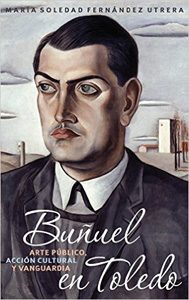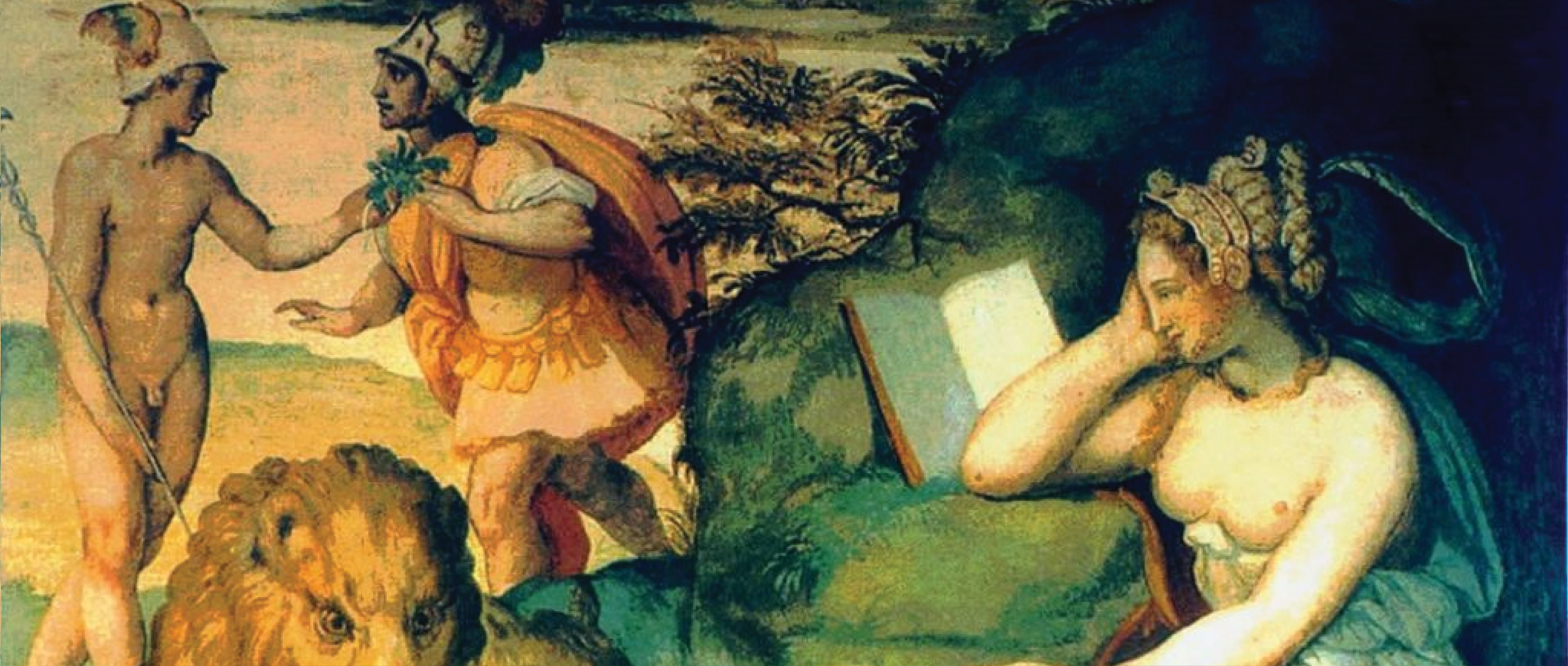Studies in Seventeenth-Century French Literature:
“La Curiosité Baroque : Asymétrie du Monde, Accumulation de la Matière”
Qu’est-ce « le baroque » ? Est-ce simplement un style excessif et exagéré—ou aussi une manière particulière de voir et de percevoir le monde durant l’une des périodes les plus fascinantes, mais aussi plus difficiles, de l’histoire mondiale qui comprend la Révolution Copernicienne en plein essor, la découverte du monde et de l’univers, les voyages transocéaniens, la colonisation, l’esclavage, les guerres de religion, l’émergence de nouvelles technologies (microscope, télescope) ainsi que l’élaboration de nouvelles conceptions de l’être humain. L’écrivain cubain José Lezama Lima a appelé l’accumulation du savoir et des styles hétéroclites qui caractérisent le XVIIe siècle—et qui unissent l’apprentissage fervent des langues (naturelles et artificielles), l’exploration scientifique et l’élaboration nouvelle des styles poétiques—« curiosité baroque ». Ainsi étudierons-nous le baroque comme un processus qui unit les différents domaines de la vie humaine, allant des émotions à la rationalité, du microcosme au macrocosme, de l’environnement au « je ne sais quoi ».
Ce cours se propose d’étudier le baroque comme un phénomène interdisciplinaire (littérature, musique, peinture, architecture) et global. Allant du baroque au néobaroque, ce cours étudie le baroque à travers les arts et les sciences (astronomie, mathématique, physique, chimie), de la France aux Amériques. Nous interrogerons, entre autres, le concept du « monstrueux » et de l’ineffable, la fascination avec le songe et le pli, le désir de l’ambiguïté entre être et paraître ainsi que les modes de dissimuler ou les stratégies d’exhiber l’excès. Nous lirons, entre autres, Nicolas Boileau, Dominique Bouhours, Pierre Corneille, René Descartes, Luís de Góngora, Marie de Gournay, Marie de l’Incarnation, Sor Juana, Gottfried Wilhelm Leibniz, Jean-Baptiste Lully, Giambattista Marino, Molière, Jean Racine, Madeleine de Scudéry.
Instructor: Katharina Piechocki
Language of instruction: French
Coming soon
Coming soon
 Gabriel Saldías Rossel —
Gabriel Saldías Rossel —  Nancy Frelick (ed.) —
Nancy Frelick (ed.) — 
